The outbreak of the pandemic which led to social distancing measures and travel bans have affected the economy. It will go through a contraction in the June quarter but will recover once the containment measures are slowly lifted.
Before the coronavirus, Australia’s economy had grown 0.3% in the December 2019 quarter and by 2.2% over 2019.
What is the impact of COVID-19 on Australia’s economy?
- The Treasury is forecasting that Gross Domestic Product (GDP) will fall by over 10% in June quarter.
- The unemployment rate is at 6.2% in April 2020. The Treasury is forecasting that it might reach around 10%, which would leave 1.4 million people without jobs.
- Household consumption has already taken a toll. There are predictions that it will drop at least 15% by the June quarter. Household savings might increase as they adapt to discretionary spending and due to the restrictions.
- Since Australia closed its borders to prevent the spread of the coronavirus, migration has dropped, which is a huge source for population growth. Net overseas migration accounts for around 240,000 or two-thirds of Australia’s population growth.
- Household consumption might be 16% lower, business investment might be 19% lower with falls concentrated in non-mining sectors, dwelling investment might fall around 18% or lower.
- While March saw the largest consumer confidence decline on record, it is slowly rising.
- 1.29 million have applied with the ATO for the early release of superannuation.
- More than 835,000 businesses who are employing more than 5 million people are enrolled in the JobKeeper scheme.
- Furthermore, small and medium sized businesses have received $8 billion through the cash flow boost program.
- Australia’s financial system through its various government reforms has been resilient during the pandemic
- Restrictions will slowly be lifted throughout the country, which would put over 850,000 people back to work. Easing the restrictions would increase GDP by $9.4 billion each month.
How does inflation affect the economy?
Inflation is the rate at which the level of prices for goods and services that households buy change. Typically, prices rise over time, however, if prices fall, then deflation can happen.
If inflation is too high, then:
- The purchasing power is reduced as the prices of goods and services increase faster than income.
- Employees will seek higher income to account for inflation. The high wages will be an increased expense to businesses, and they might resort to terminate workers to reduce costs.
- Inflation reduces the purchasing power of interest and earnings that lenders receive on their loan products
- Businesses will constantly update their prices which could discourage spending and investment and impede economic growth.
However, low inflation is also not favourable because:
- Consumers will expect prices to fall which lowers spending and demand for goods and services.
- A low demand could lead to slow economic growth which might cause a recession and increase unemployment
- Falling prices (deflation) could be associated with a fall in income, asset prices and a rise in debt burdens.
Australia’s inflation target is to keep it between 2% to 3% to support the goals of price stability, employment and for welfare and prosperity of the people.
The current Australian inflation rate is at 2.2%.
In Australia, the cash rate is used to either dampen or stimulate the economy to ensure the inflation target is met.
Cash rate and housing affordability
By increasing or decreasing the cash rate the RBA is either trying to slow spending or increase spending.
Over the last ten years, the RBA has been in a cycle to reduce cash rate to stimulate the economy through consumer spending and low-interest rate offerings so getting a home loan and buying a property is affordable and businesses can borrow money cheaply to grow or stay in business.
The cash rate has been at a historic low of 0.25% since the last cut announced by the Reserve Bank in its emergency meeting in mid-March 2020.
Since the low cash rates were announced, lenders have lowered their home loan interest rates.
Fixed interest rates for home loans have declined to historic lows. Even the variable interest rates have declined by 90 basis points since May 2019.
Over the past year, major banks have reduced their 3-year fixed interest rates for owner-occupiers by 150 basis points.
If interest rates are low, then it boosts borrowing power and keeps home loan repayments low as well, which should make housing affordable.
Furthemore, the cash rate will remain low until progress is made towards full employment and the RBA is confident that inflation will be sustained within the 2% to 3% target band.
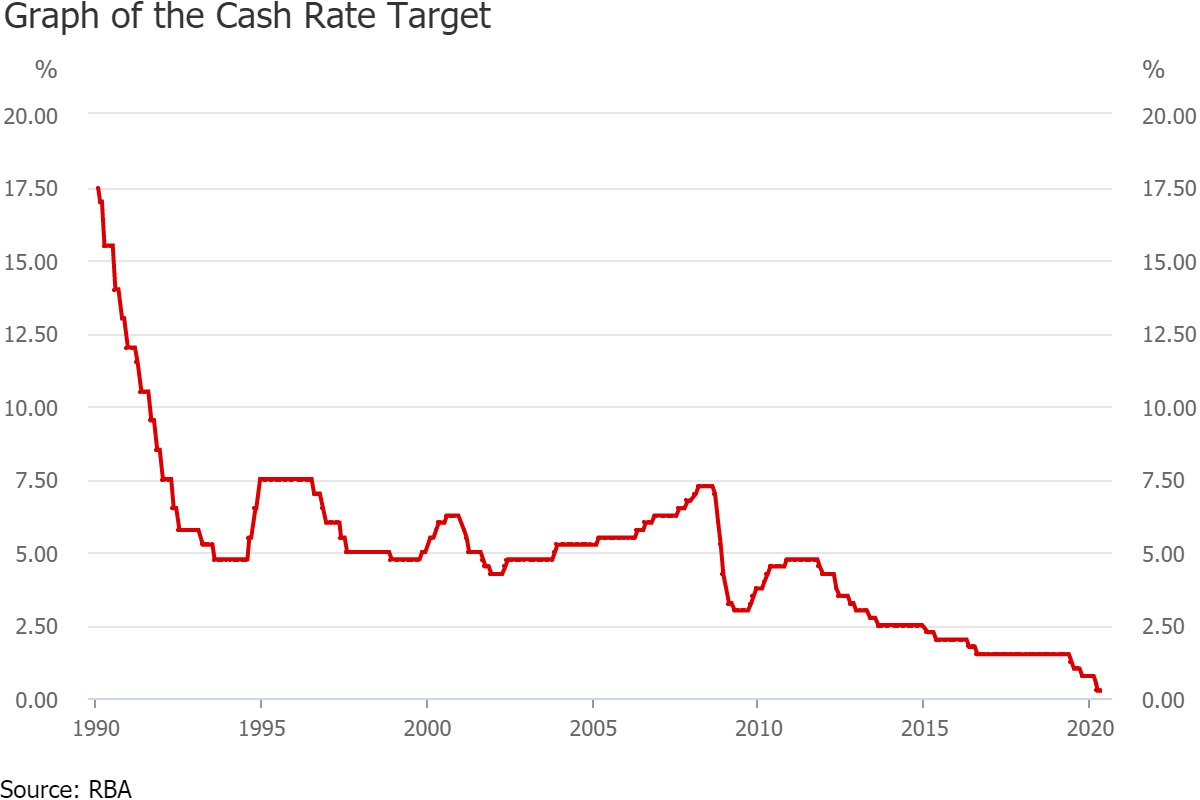
In March 2020, the unemployment rate was 5.2% and it increased to 6.2% in April 2020. Unemployment increased by 104,500 people to 823,300.
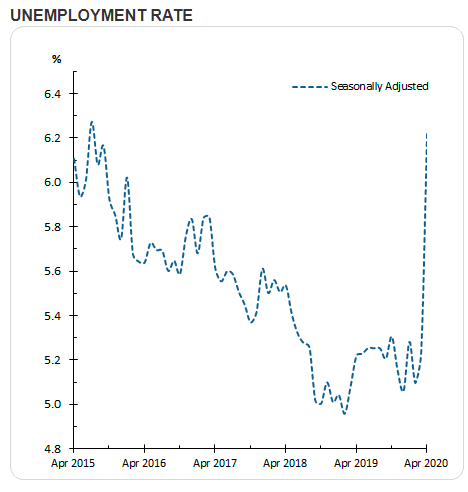
With the rise in unemployment:
- 9% of Australian borrowers have already deferred their mortgage repayments.
- Cash rate will remain low at 0.25%.
- The $1,500 JobKeeper scheme has helped peopel to continue to earn some income while not being able to work. The scheme is estimated to cover around 5 million workers.
What is the effect on housing market?
The impact of the coronavirus on Australia’s economy caused the following effects on its housing market:
- The largest impact will be on Australia’s rental market as it is susceptible to declines in overseas migration. The Federal Government estimates that Australis’ net overseas migration will fall by more than 85% due to the travel bans.
- Due to on-site auction bans and open homes in late March 2020, auction volumes and new listings have declined sharply.
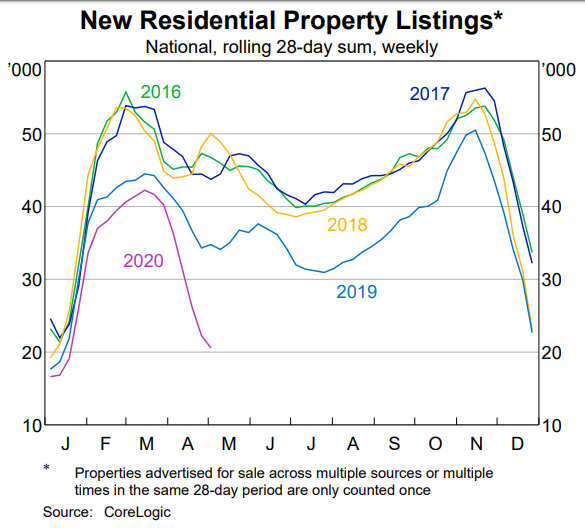
- The restrictions led to slower population growth, which leads to less demand for new constructions.
- Properties that were used as short term holiday accommodations are now offered as long term rental.
- The growth in rent is likely to remain weak, and demand for housing will be lower.
- Demand for mortgages is expected to drop because of low auction clearance rates and housing turnover.
- Dwelling investment is expected to be low due to the deterioration of established housing market conditions. The number of dwellings approved declined by 4% month-over-month in March 2020.
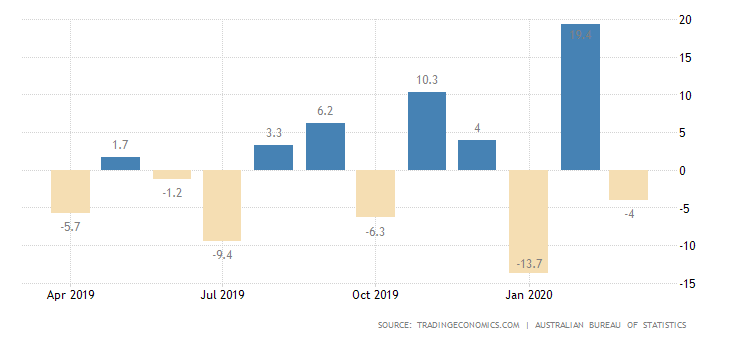
- Fixed interest rates for home loans might remain low for a longer time period. This could account for the increase in refinances since mid-2019.
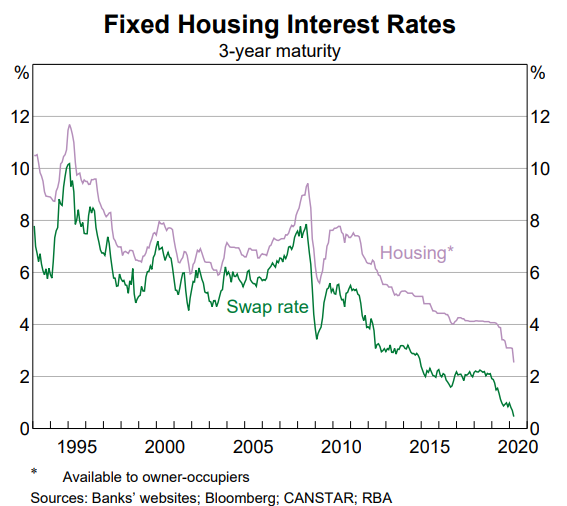
- Banks are offering repayment holidays and various mortgage relief options reduce the likelihood of borrowers defaulting in their home loans. They do not have to sell their homes under financial stress.
- House prices are resilient. As there is low supply, it will keep property prices insulated, even if there is a decrease in demand.
How to buy a home during COVID-19?
Some states are slowly lifting their restrictions, and allowing on-site auctions and open homes to be conducted.
The property market is still open, and you can make an offer for your home and even apply for a home loan during COVID-19.
Here are some tips on what you can do to buy a property during the pandemic:
- Take advantage of the low fixed rate interest.
- Make sure your job and income are stable as lenders are conducting employment checks prior to settlement.
- You can opt for virtual tours and online auctions where restrictions are still in place.
- If you’re expecting property prices to fall, then offer less.
- Consider off-market opportunities.
- Have a cooling-off period and COVID-19 clause in your contract of sale to manage the risks.
- If you’re expecting a property rebound, then consider getting pre-approved for a home loan.
- Borrow more than you need, and put the extra money in your offset account and access the money later on.
Our mortgage brokers are here to help you get a home loan approved during the pandemic.
Call us at 1300 889 743 or fill in our free assessment form.















